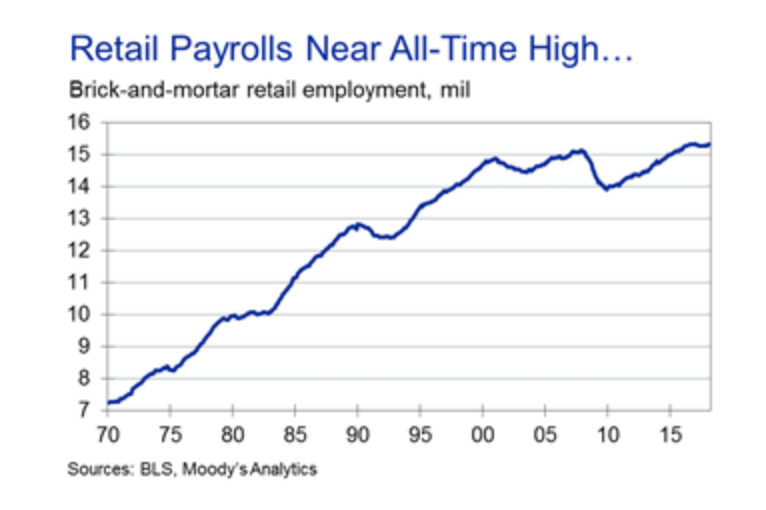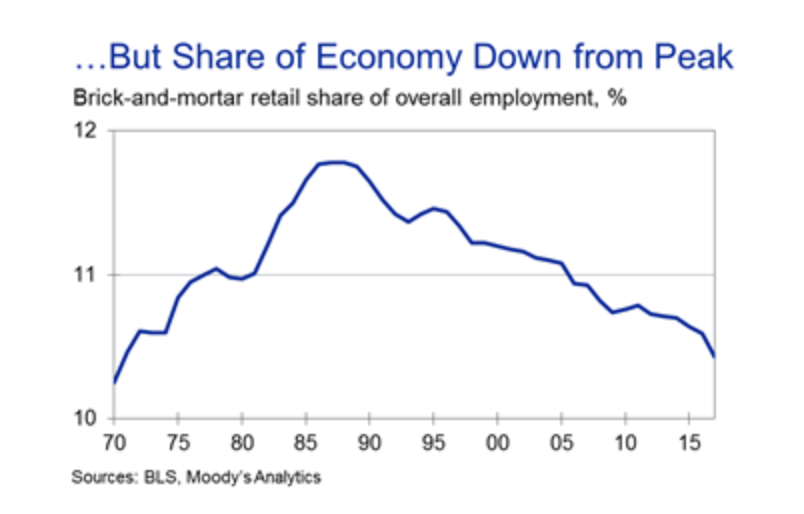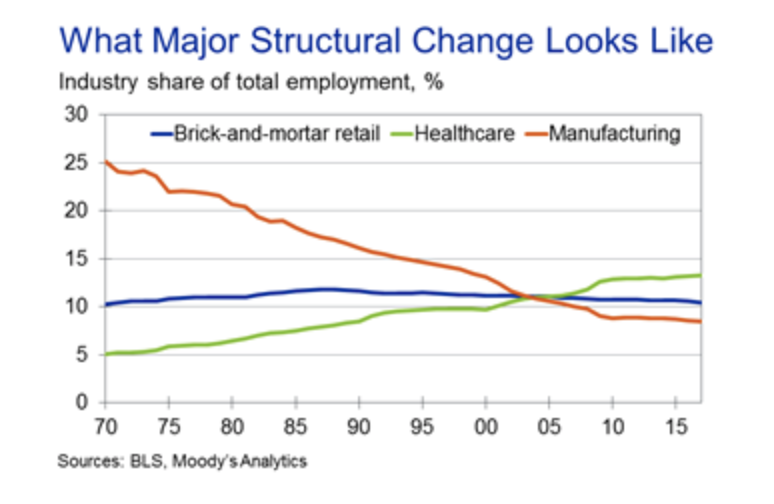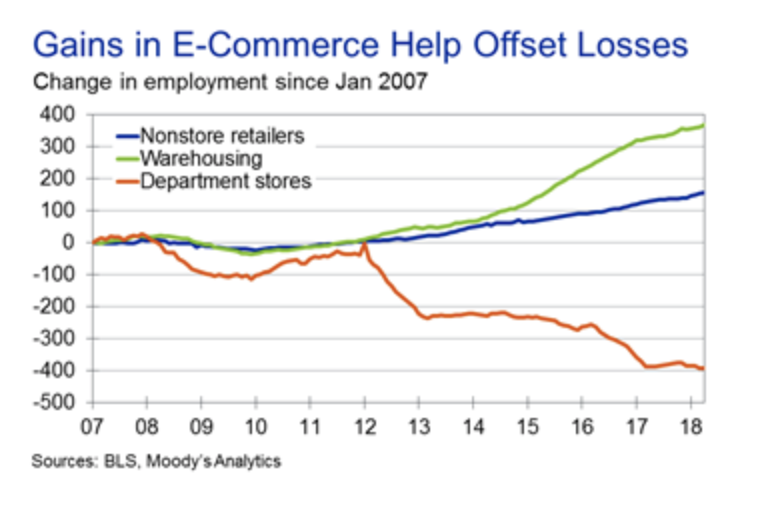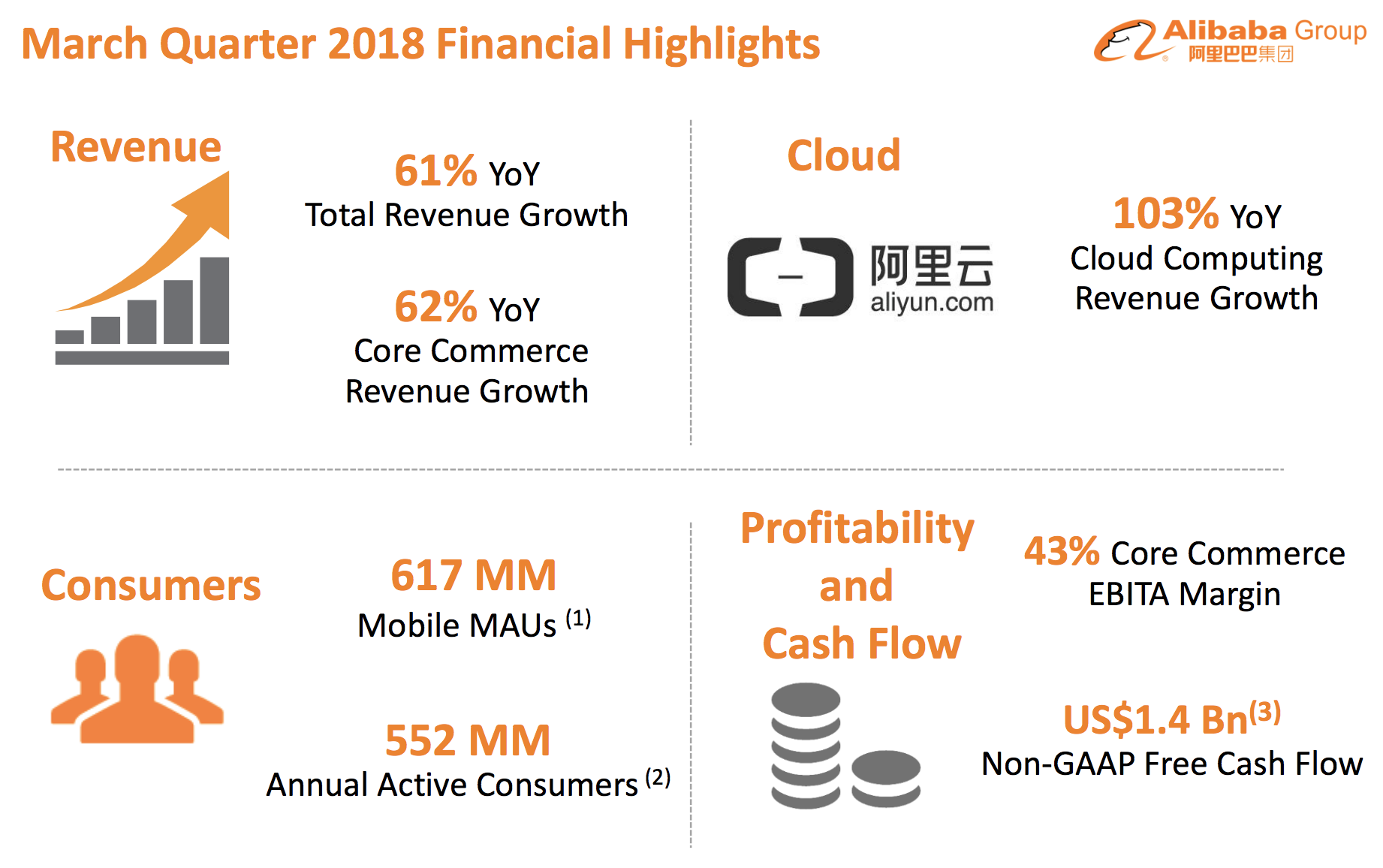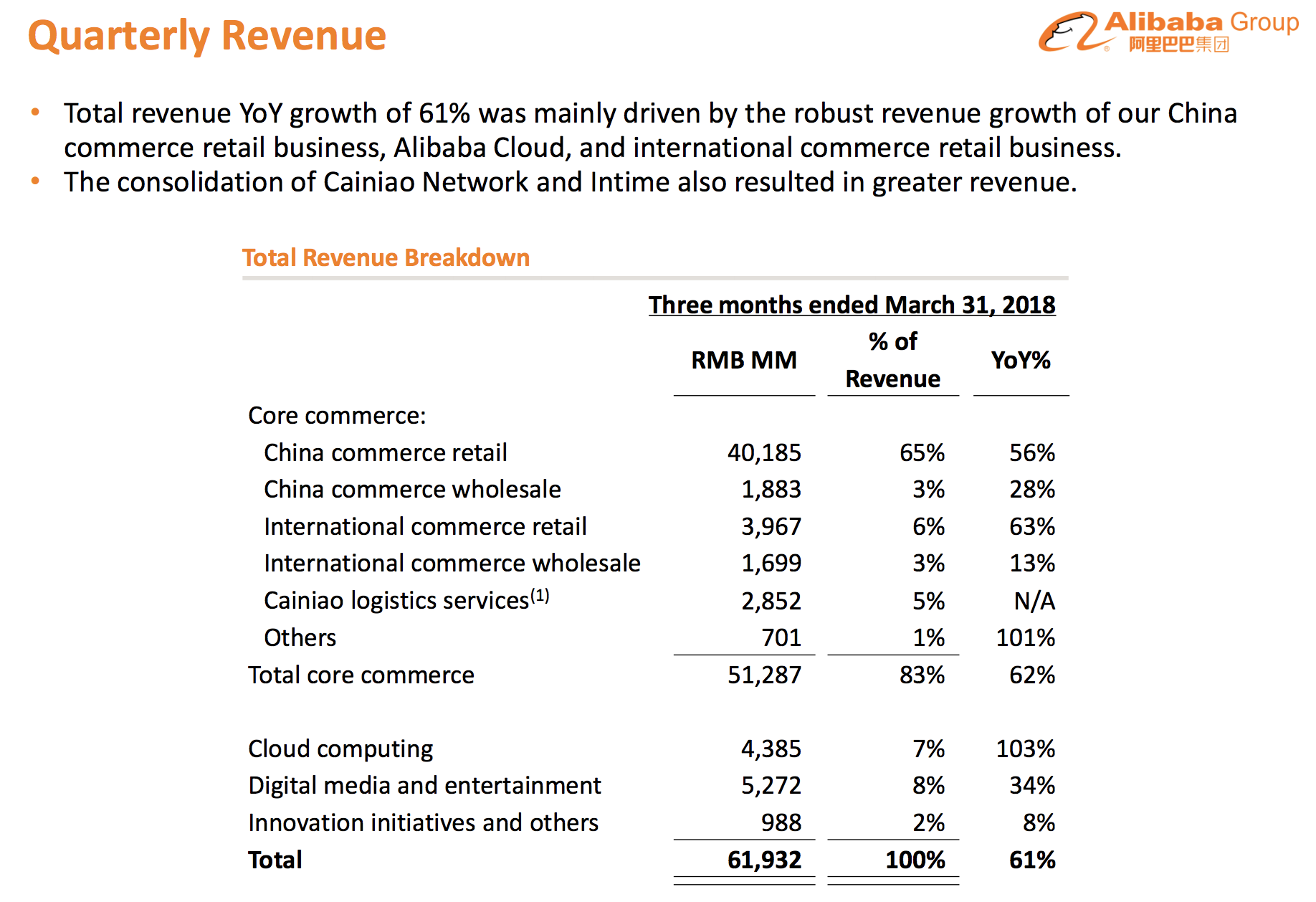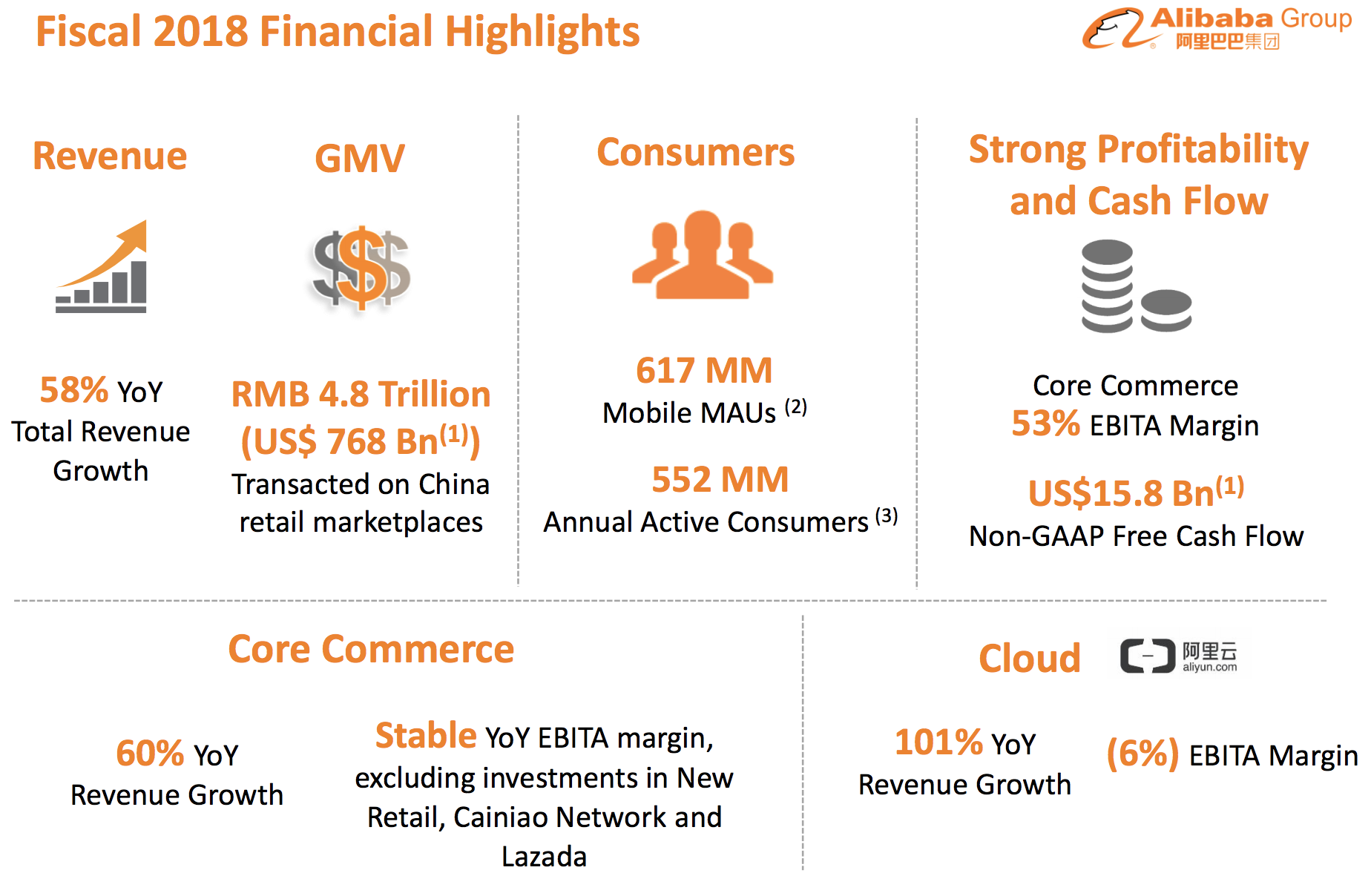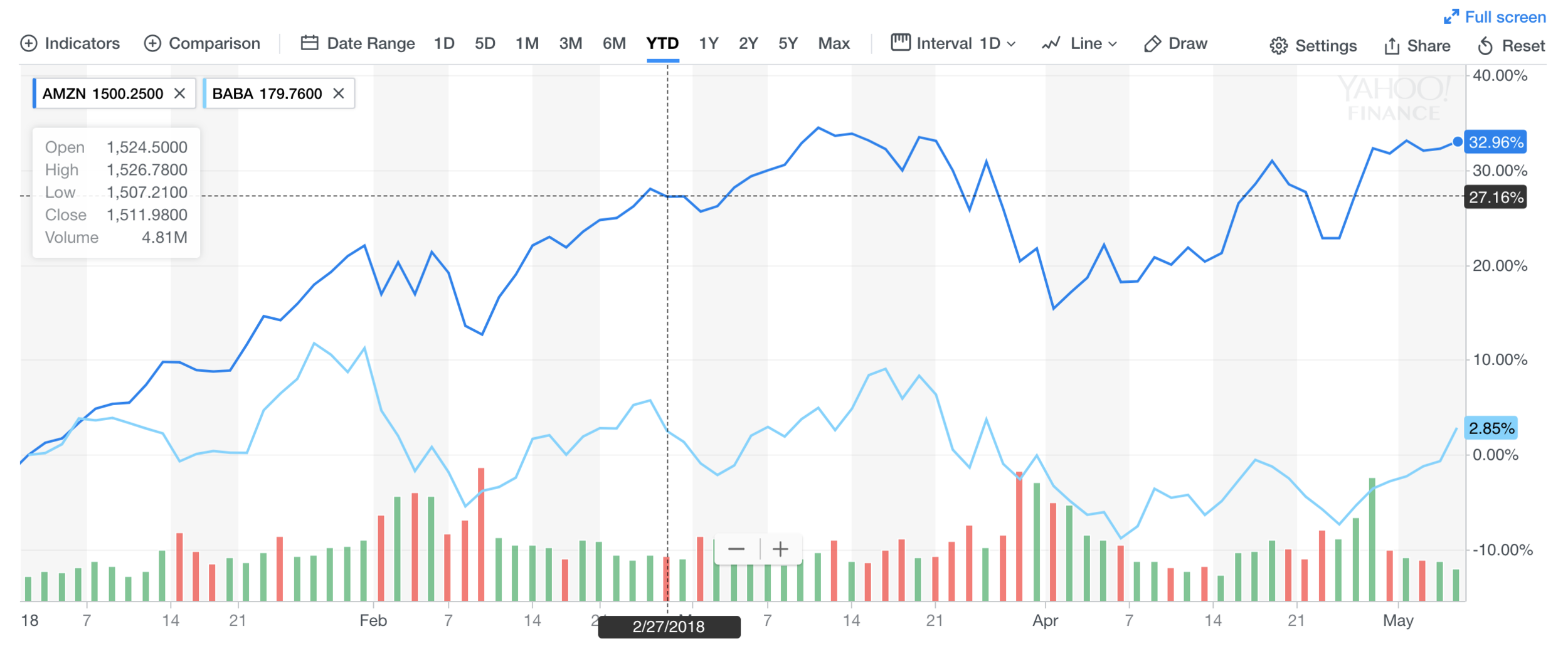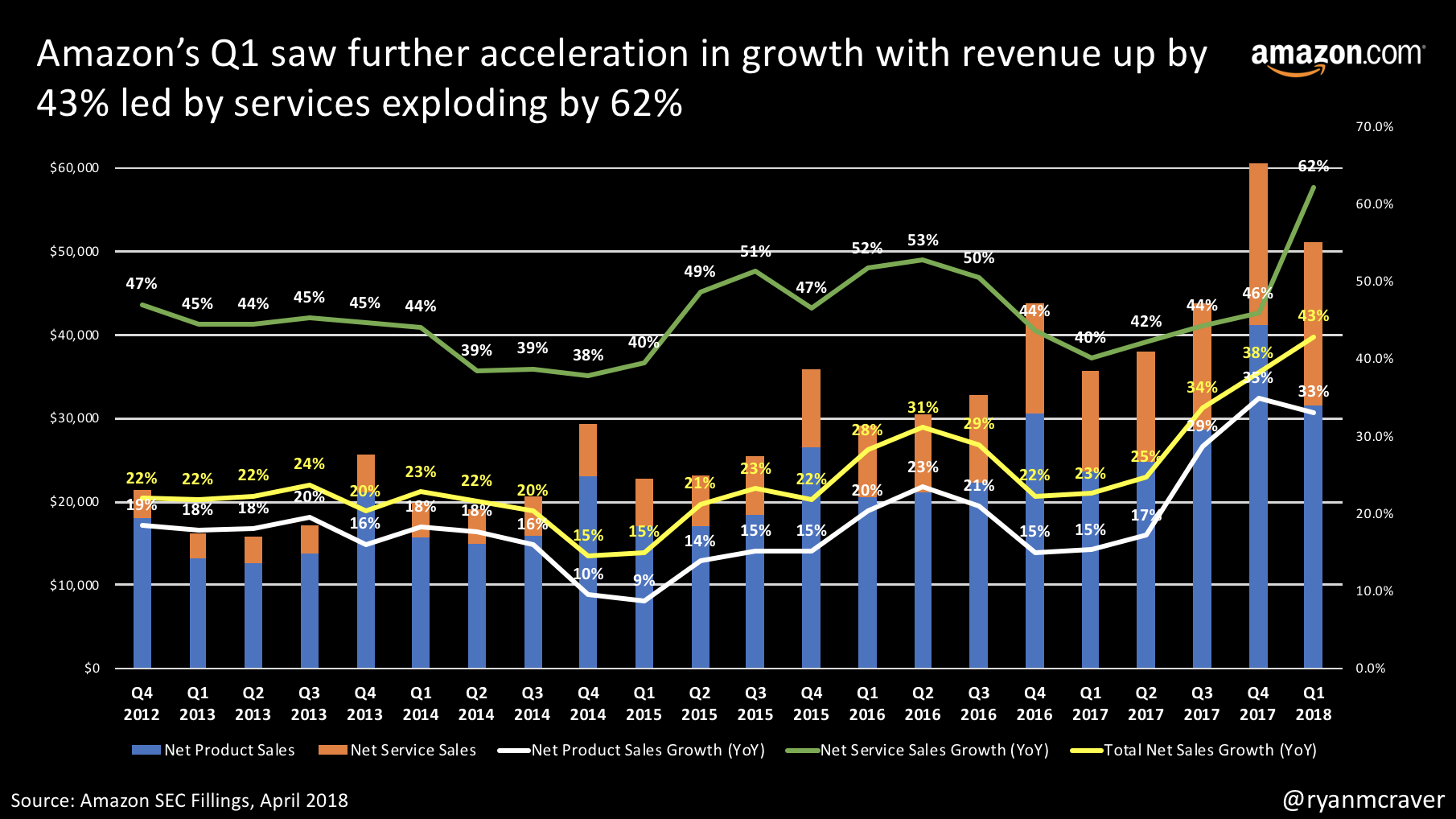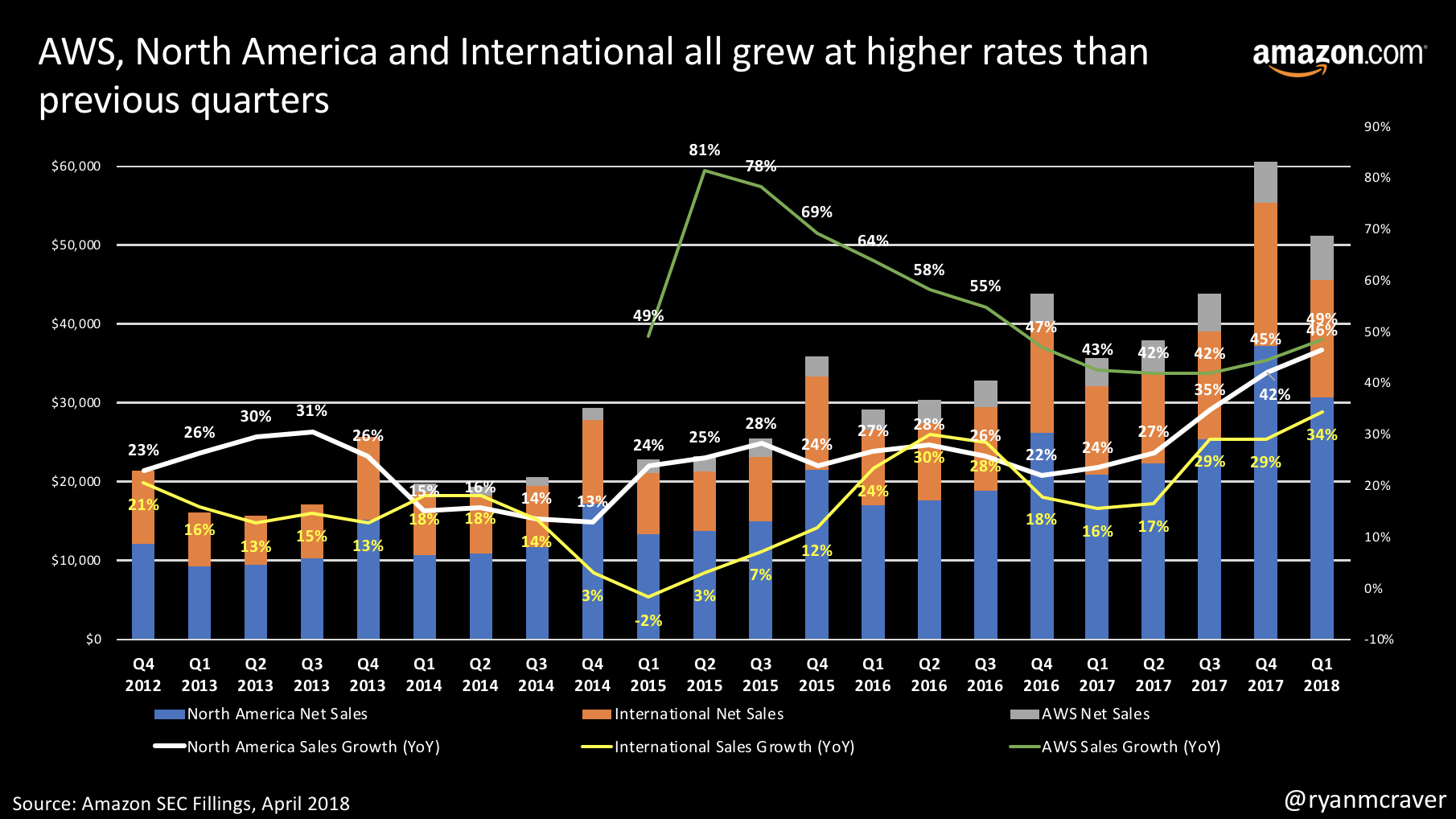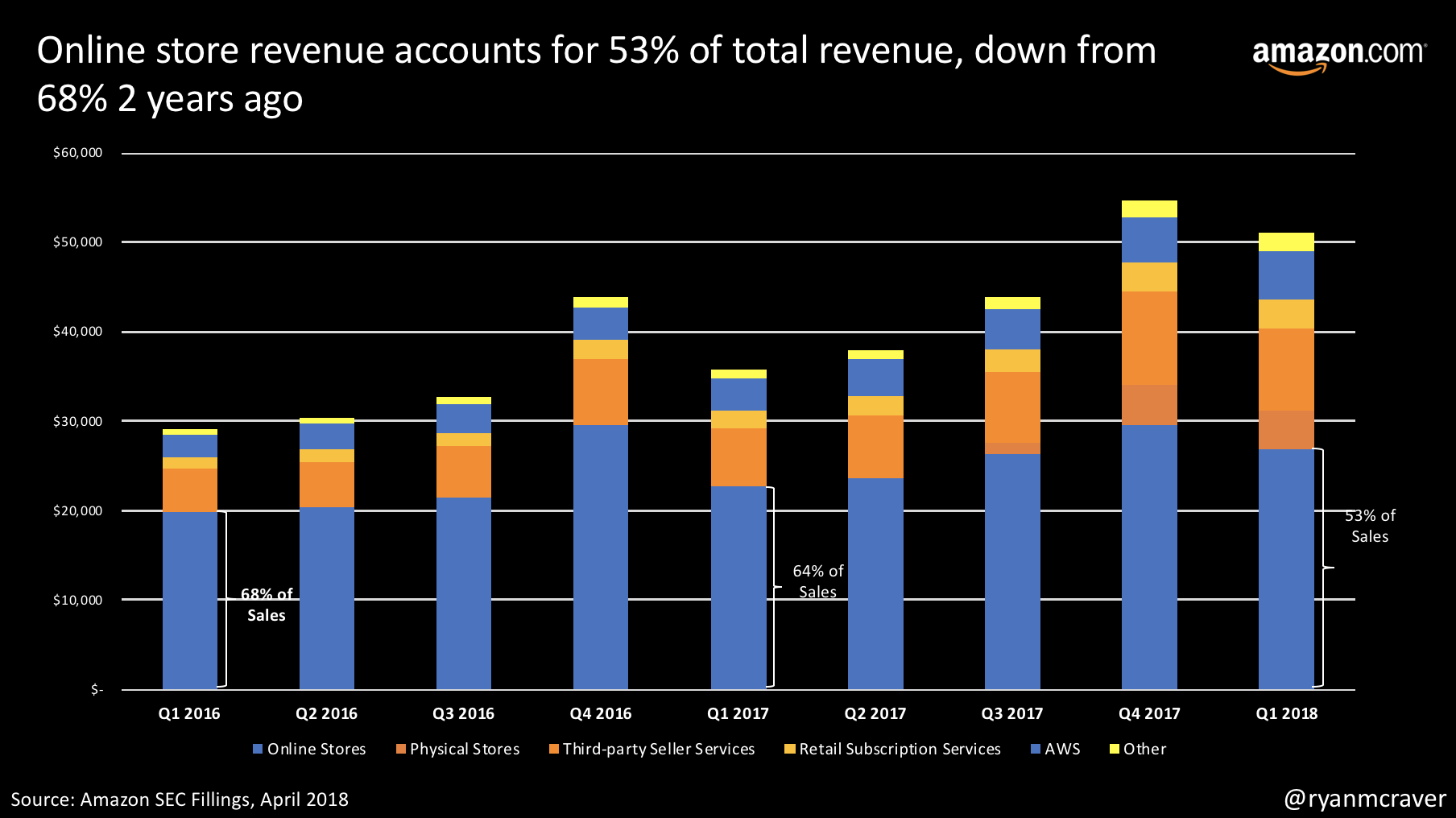I have always been a movie buff and loved the experience of a theater versus the convenience of watching at home. The crushing sound, obnoxiously large screen and popcorn easily outweigh all the negatives for me.
A few years back, I came across MoviePass via angel investment site Microventures. At the time, the subscriptions were $49.95 per month for unlimited movies at a handful of theaters. At that time, the service just wasn't compelling enough for me to sign up or invest.
Fast forward to today. The service is as low as $7.95 per month, there are 5 theaters within a 20 minute walk of my apartment in NYC and stock is trading at <$0.20 a share. Surely compelling enough for a trial and maybe even a bet.
Last weekend, my wife and I used MoviePass to view Three Identical Strangers. As we were walking, we opened the app, reserved seats and made our way to the theater. At the theater, we input our confirmation code into the kiosk and tickets came right out. Cost was $7.95 for the monthly rate versus $18.50 each. The theater was a Landmark theater, clean, cool and comfortable. No complaints.
I like to experience a brand, product or service before ever investing. Based on my experience, MoviePass is onto something. Yes, they have been in the news for surge pricing, modifying the subscription service and limiting the movies. Remember how many times Uber changed their service? Or how about when Netflix pushed out a price increase that included physical discs and streaming and had to pull back on the changes? Subscription models and service models require a test and learn approach.
So how about all that debt and need for cash? Yes, MoviePass is losing money with every subscription today. On average, customers are watching 1.7 movies per month, more than the cost of the $7.95 to $9.95 per month. However, I believe there are opportunities to promote movies for studios and eventually use their customer base for other sales tactics. Let's also not forget that movie theater attendance hit a 25 year low last year...they need MoviePass and their 2-3 million customers more than ever. What's the best chance at pulling customers off their couches and into movie theaters? Low prices with a drive to make money on concessions. MoviePass is the equivalent of Spirit Airlines with fares offset by carry-on bag fees and marketing within planes.
Is MoviePass a good investment at this point? Absolutely not. Could MoviePass go bankrupt in less than 6 months? Absolutely. Do I mind placing a bet on a subscription service delivering an experience I enjoy in an industry demanding attention? Not one bit.
Enjoy the movies and go watch Three Identical Strangers.


